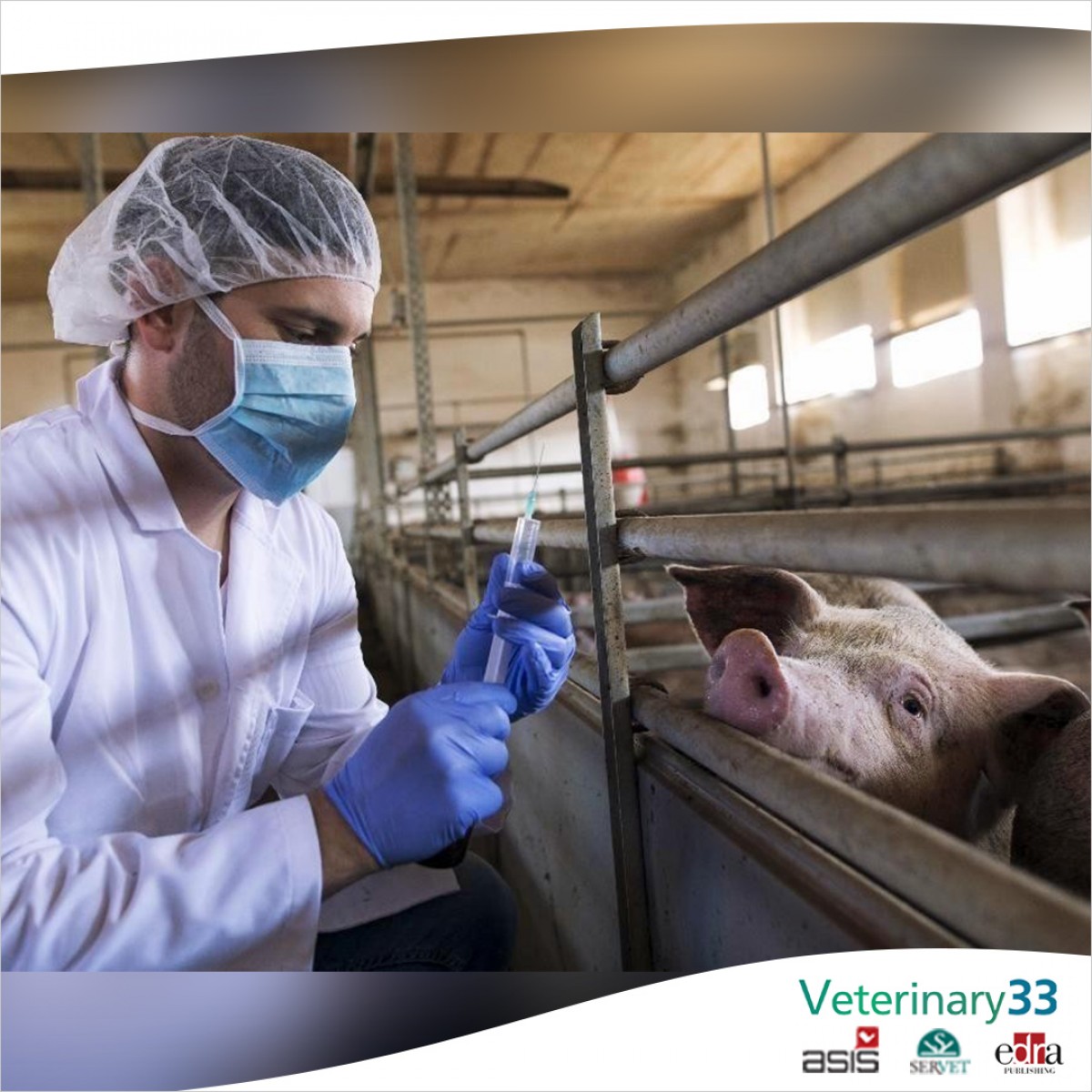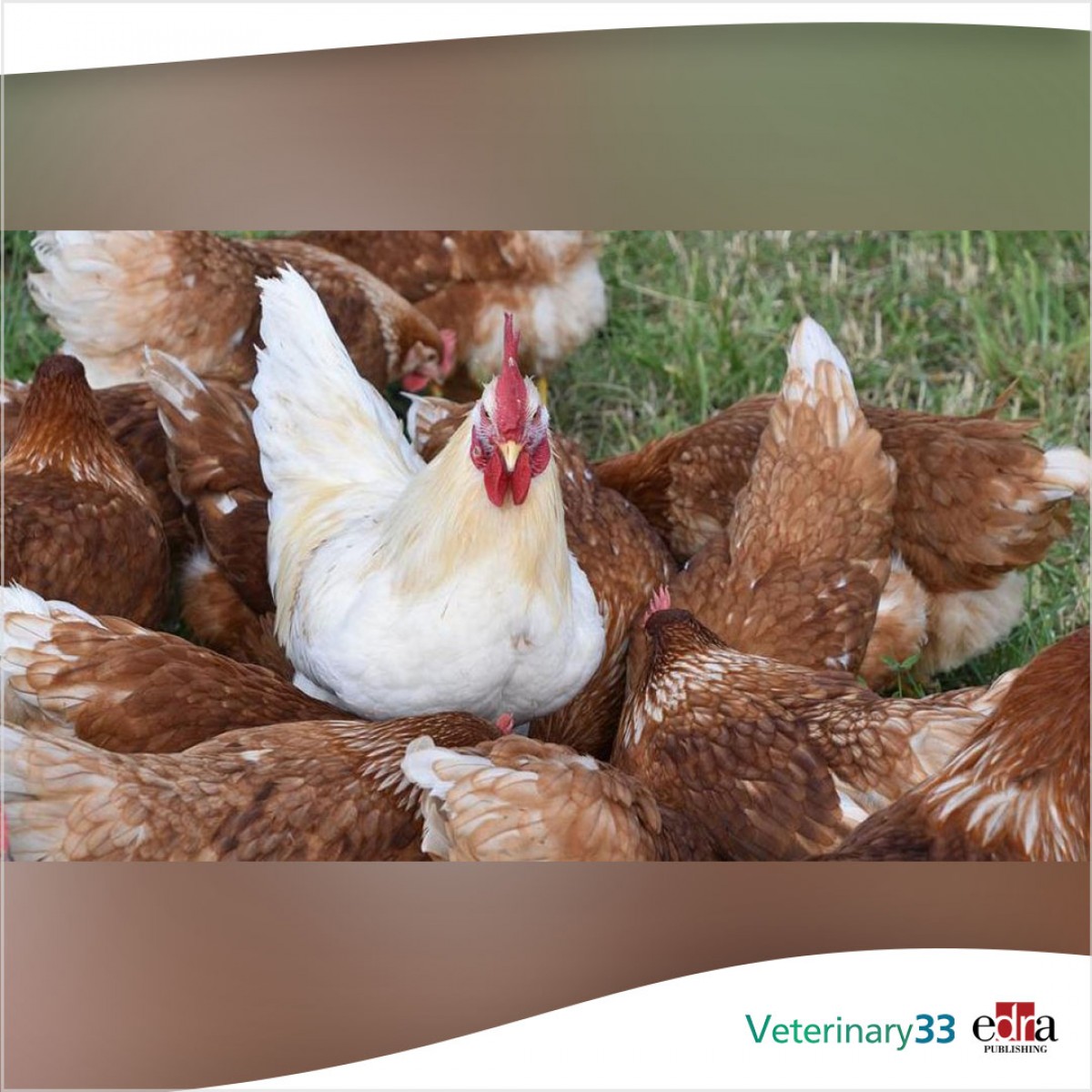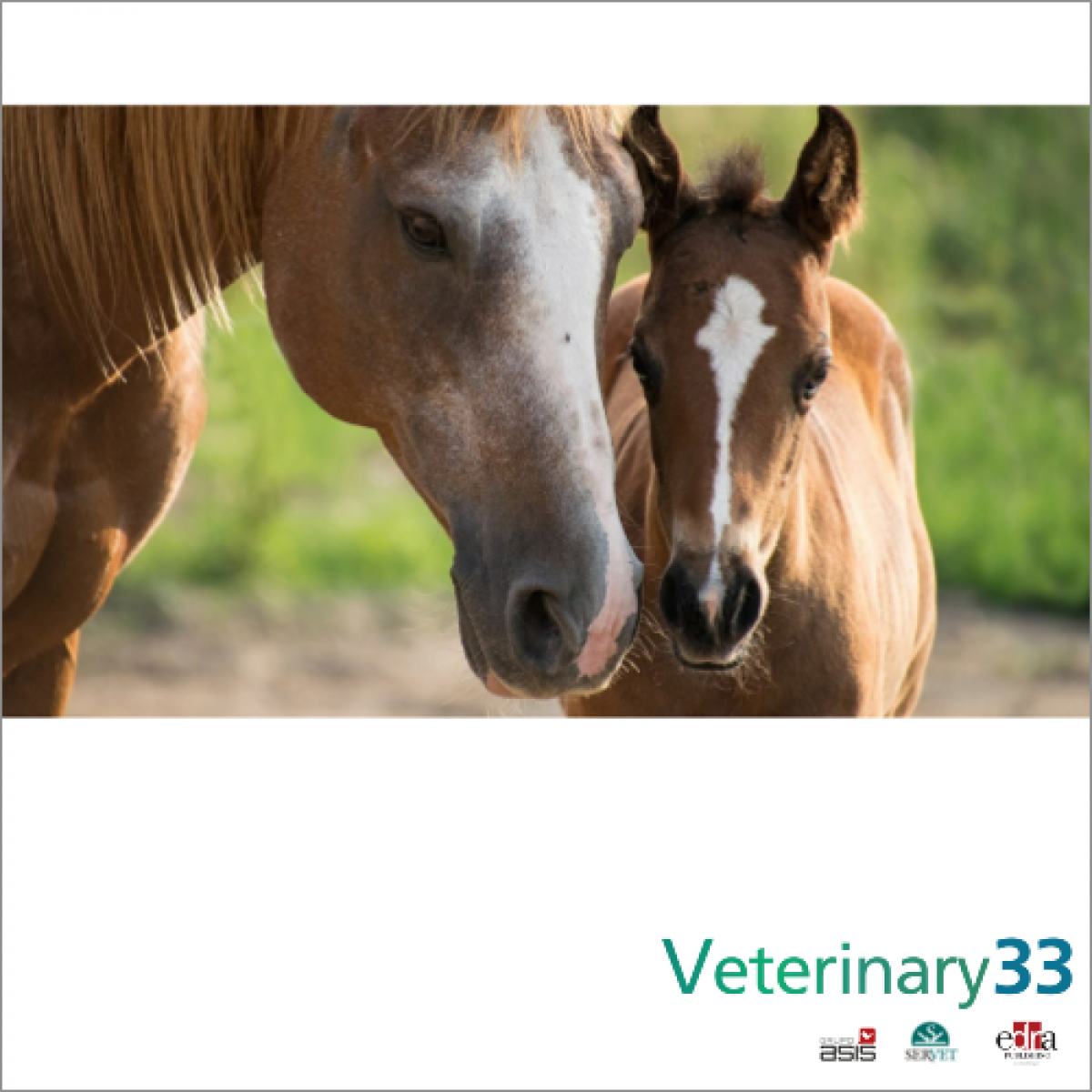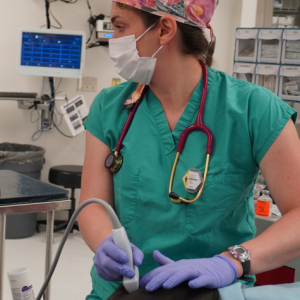The COVID-19 pandemic has influenced the notable drop in reported zoonoses in Europe
The COVID-19 pandemic in Europe has been instrumental in the significant drop in reported zoonoses in humans, ranging from 7% to 53% depending on the disease, and in foodborne outbreaks. These are data from the annual EU zoonosis report "One Health", prepared by the European Food Safety Authority (EFSA) and the European Center for Disease Prevention and Control (ECDC).
In 2020, campylobacteriosis was the most reported zoonosis in the European Union, with 120,946 cases compared to more than 220,000 the previous year. Salmonellosis followed, affecting 52,702 people, up from 88,000 in 2019. The number of reported foodborne outbreaks also decreased by 47%.
Factors that explain the decrease
Possible factors behind the large decline in cases include changes in seeking care, restrictions on travel and events, restaurant closures, quarantines, lockdowns, and other mitigation measures, such as the use of masks, physical distancing, and hand disinfection.
The next most frequently reported diseases were yersiniosis (5,668 cases) and infections caused by Shiga toxin-producing E. coli (4,446 cases). Listeriosis was the fifth most reported zoonosis (1,876 cases) and mainly affected people over 64 years of age.
Listeriosis and West Nile virus infections were the diseases with the highest mortality and hospitalization rates, and the majority of locally acquired human West Nile virus infections were reported from Greece, Spain, and Italy.
3,086 foodborne outbreaks
The report also looks at foodborne outbreaks in the EU, where at least two people contract the same illness from eating the same contaminated food. In 2020, a total of 3,086 foodborne outbreaks were reported. Salmonella remained the most frequently detected agent, causing about 23% of outbreaks. The most frequent sources of salmonellosis outbreaks were eggs, egg products and pork.
The report also includes data on Mycobacterium bovis/caprae, Brucella, Trichinella, Echinococcus, Toxoplasma gondii, rabies, Q fever, and tularemia.
EFSA publishes two interactive communication tools on foodborne outbreaks: an interactive map and an indicator dashboard. The map provides general information on foodborne outbreaks, their causative agents, and the food vehicles involved. The dashboard allows you to search and view the vast dataset on foodborne outbreaks collected by EFSA in EU Member States and other countries reporting data since 2015.













List
Add
Please enter a comment